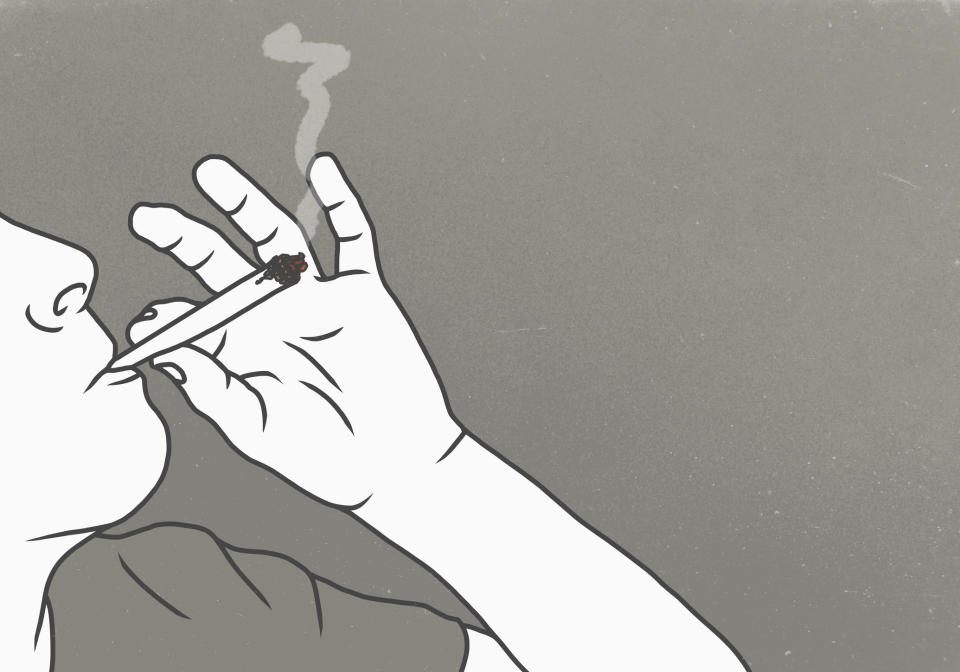Scientists warn about dangers of 'third-hand' smoke
We know about the dangers of second-hand smoke, but scientists are now warning about the hazards of third-hand smoke. Third-hand smoke is the chemical residue from cigarette smoke that is left behind on indoor surfaces, clothing and skin.

A new study published Wednesday in the journal Science Advances shows that third-hand smoke persists and can spread indoors with help from aerosol particles, even in a ”smoke-free” indoor environment, according to study author Peter DeCarlo.
“Just because you’re in a non-smoking environment, it doesn’t mean you aren’t exposed to
tobacco,” DeCarlo said.
ALSO SEE: ‘It just wasn’t pretty’: Carrie Underwood shares new details about her face after accident

Researchers found that smoke from outdoors can seep into a non-smoking room and coat its surfaces. These chemicals can circulate throughout buildings via central air conditioning systems.
A room occupied by a smoker can effectively expose the other occupants served by the same HVAC system to third-hand smoke, even if they do not share space directly. Researchers also believe that chemicals from third-hand smoke can harm the body just like smoking and second-hand smoke can.
“Third-hand smoke is not something we’re currently thinking about as a society when we talk about air quality,” said Anita Avery, a doctoral student and study co-author. “It’s easy to recognize the presence of chemical pollutants if you can see or smell them, but this research reminds us of just how many chemicals we are exposed to that we probably aren’t aware of. That’s why we need to keep studying these indoor spaces where people spend so much of their time, so we can build a full profile of what exactly is in the air.”
Watch the video above for more information and let us know what you think.
Let us know what you think by commenting below and tweeting @YahooStyleCA!
Follow us on Twitter and Instagram!



